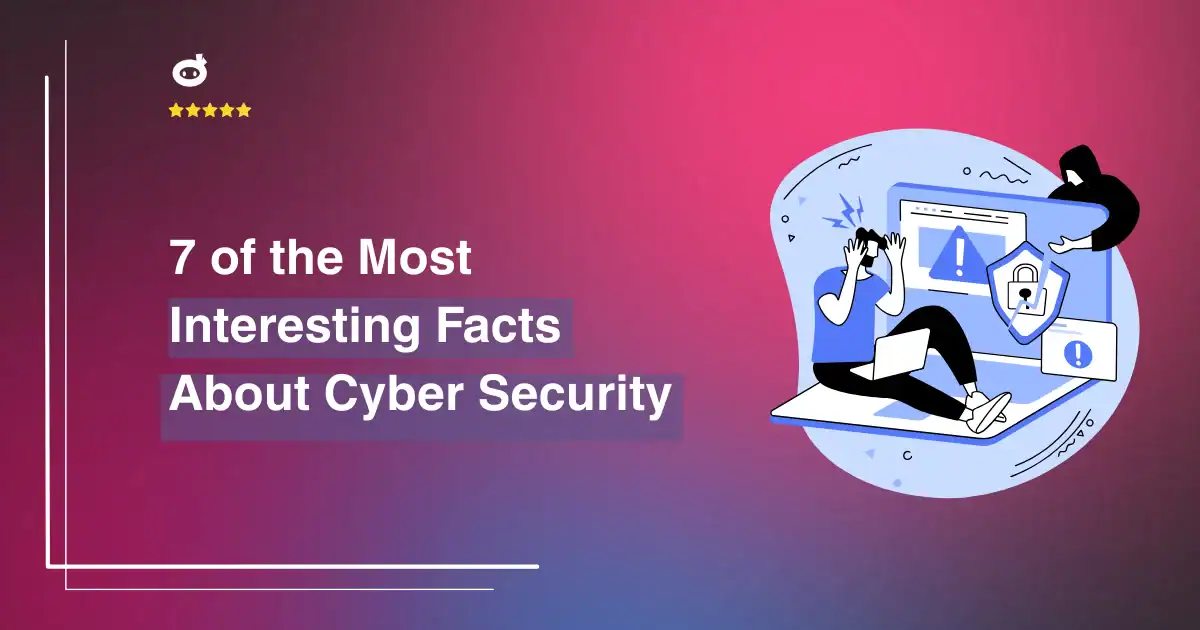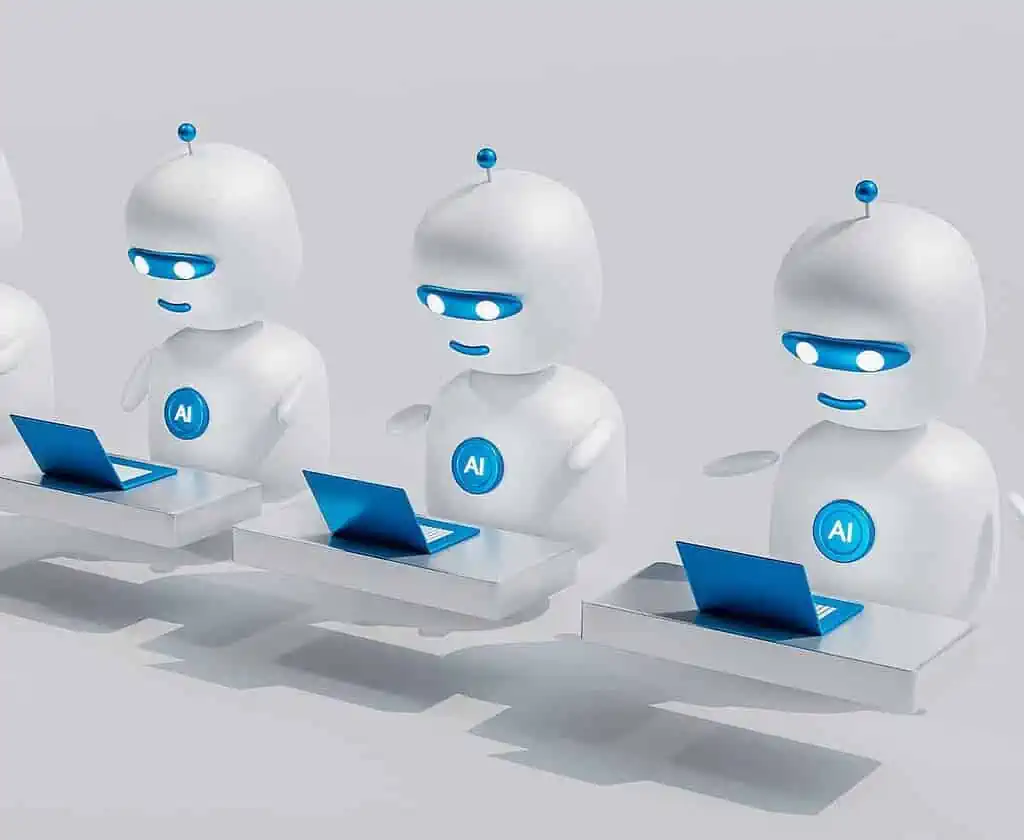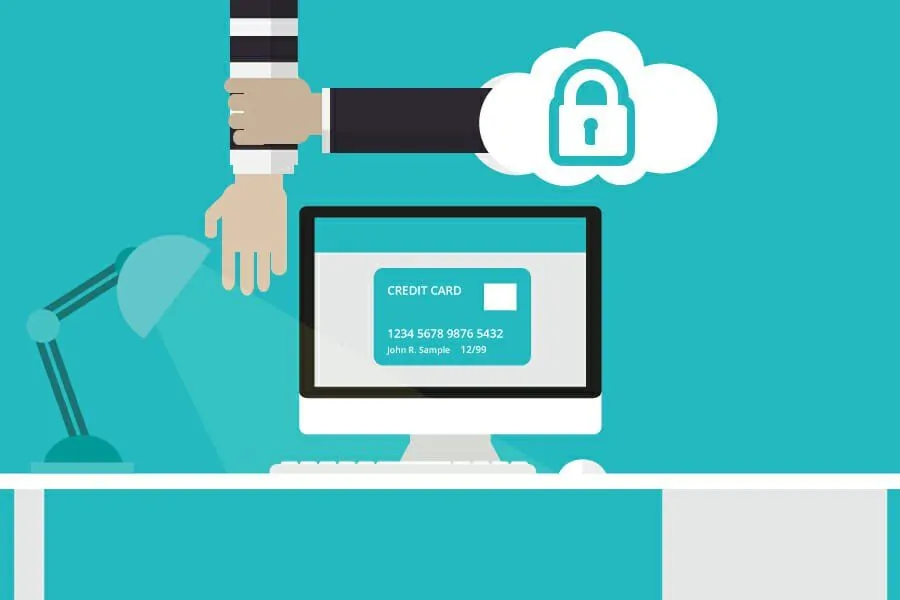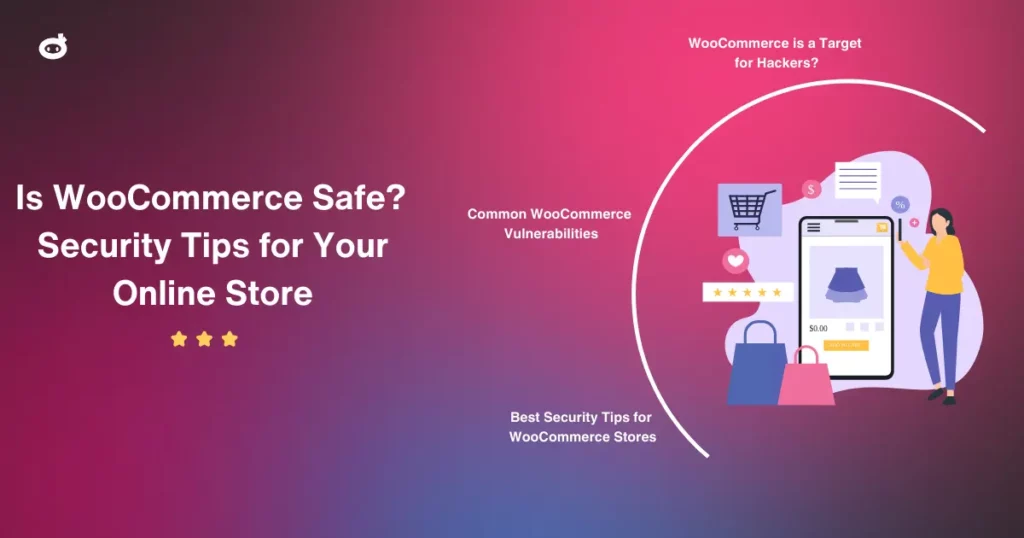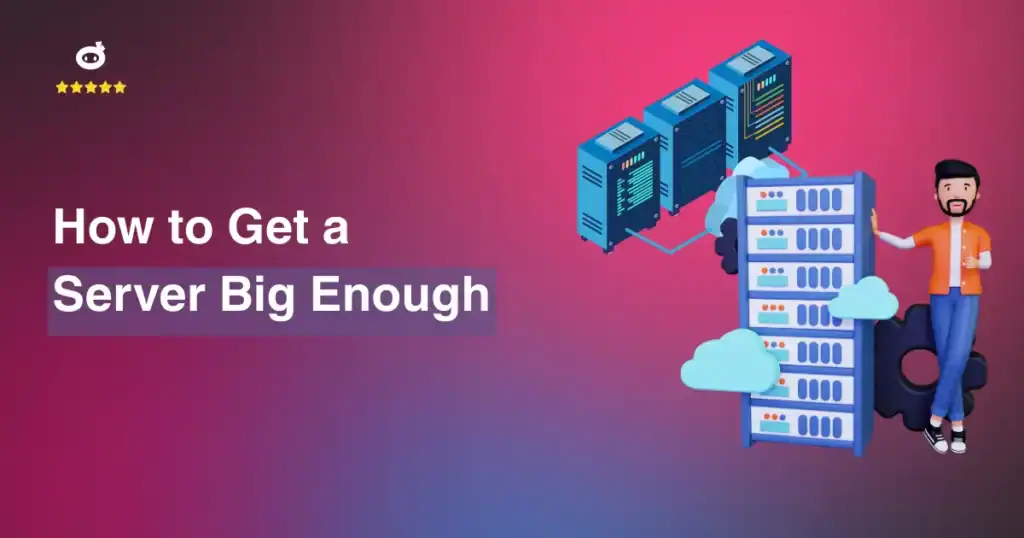Every second, hackers attempt to breach systems worldwide, targeting individuals and businesses alike. Cybercrime is no longer a distant threat, it’s a daily reality. By 2025, global cybercrime costs are projected to hit $10.5 trillion annually, making digital security more critical than ever. From data breaches to ransomware attacks, cybercriminals are constantly evolving, using AI and advanced techniques to exploit vulnerabilities.
Shockingly, 90% of cyberattacks occur due to human error. Weak passwords, phishing scams, and unpatched software open the door to devastating security breaches. Ransomware alone cripples businesses every 11 seconds, demanding massive payouts to restore access to critical data. Meanwhile, the rise of IoT devices introduces new risks, with billions of insecure gadgets providing easy entry points for hackers.
Despite these threats, cybersecurity offers a bright future. The demand for cybersecurity professionals is skyrocketing, growing 35% over the next decade, making it one of the most in-demand careers today. Advanced technologies like AI are being used to combat cyber threats, offering hope for a safer digital world.
Don’t wait until it’s too late, secure your digital life today! Use strong passwords, enable multi-factor authentication, and stay informed. The next cyberattack could be just one click away.
Contents
- 1 7 Shocking Cyber Security Facts You Need to Know
- 1.1 1. Cybercrime Is the World’s Fastest-Growing Industry
- 1.2 2. Human Error: The Weakest Link in Cybersecurity
- 1.3 3. Small Businesses Are Prime Targets for Hackers
- 1.4 4. Cybersecurity Jobs Are in High Demand
- 1.5 5. Ransomware Attacks Are Happening Every 2 Seconds
- 1.6 6. Your Personal Data Is Worth More Than You Think
- 1.7 7. Cybersecurity Is Now a Legal Requirement
- 2 15 Frightening Cybersecurity Stats You Need to Know
- 2.1 1. Cybercrime Will Cost the World $10.5 Trillion Annually by 2025
- 2.2 2. A Cyber Attack Happens Every 39 Seconds
- 2.3 3. 95% of Cybersecurity Breaches Are Due to Human Error
- 2.4 4. Ransomware Attacks Have Increased by 700% Since 2019
- 2.5 5. The Average Cost of a Data Breach is $4.45 Million
- 2.6 6. 60% of Small Businesses Fail Within Six Months of a Cyber Attack
- 2.7 7. 43% of Cyber Attacks Target Small Businesses
- 2.8 8. Phishing Accounts for 90% of Data Breaches
- 2.9 9. The Dark Web Hosts Over 15 Billion Stolen Credentials
- 2.10 10. AI-Powered Cyber Attacks Are Rising
- 2.11 11. 64% of Companies Have Experienced a Cloud Data Breach
- 2.12 12. The Healthcare Industry Faces the Most Cyber Attacks
- 2.13 13. 300,000 New Malware Variants Are Created Daily
- 2.14 14. Only 5% of Companies’ Folders Are Properly Protected
- 2.15 15. The U.S. Government Faces Over 100,000 Cyber Attacks Per Day
- 3 The Cost of Cybercrime: A Billion-Dollar Nightmare
- 4 Small Businesses: The Easy Targets for Hackers
- 5 Cybersecurity’s Biggest Enemy? Humans!
- 6 Ransomware: The Cybercriminals’ Favorite Weapon
- 7 Cybersecurity Jobs: A Career in High Demand
- 8 Governments & Cyber Warfare: The Invisible Battlefield
- 9 AI: Cybersecurity’s Best Friend & Worst Enemy
- 10 Conclusion: Stay Smart, Stay Safe!
7 Shocking Cyber Security Facts You Need to Know
Cybersecurity threats are evolving at an alarming rate, and many people underestimate the risks lurking online. Here are five eye-opening facts that reveal the true scale of the cyber threat landscape and why staying protected is more important than ever.
1. Cybercrime Is the World’s Fastest-Growing Industry
- Cybercrime is projected to cost the world $10.5 trillion annually by 2025, making it more profitable than the global drug trade.
- Hackers use advanced techniques such as ransomware, phishing, and deepfake technology to exploit individuals and businesses.
- The rise of AI-powered cyberattacks means that even sophisticated security systems can be bypassed without detection.
2. Human Error: The Weakest Link in Cybersecurity
- 95% of cybersecurity breaches are due to human mistakes—one wrong click on a phishing email can lead to massive data breaches.
- Weak passwords, reusing credentials, and downloading malicious attachments make individuals easy targets for cybercriminals.
- Cyber awareness training and multi-factor authentication (MFA) can significantly reduce these risks, yet many organizations neglect them.
3. Small Businesses Are Prime Targets for Hackers
- 43% of cyberattacks target small businesses, yet most lack the resources to defend themselves properly.
- Many small business owners assume they are too insignificant for hackers to notice, but criminals exploit their weaker security measures.
- Common threats include ransomware attacks, business email compromise (BEC), and supply chain breaches.
4. Cybersecurity Jobs Are in High Demand
- There is a global shortage of 4 million cybersecurity professionals, creating a critical gap in digital defense.
- Governments and corporations are struggling to fill roles such as ethical hackers, security analysts, and digital forensic experts.
- A career in cybersecurity is not only lucrative but also essential in fighting back against the growing cyber threat landscape.
5. Ransomware Attacks Are Happening Every 2 Seconds
- By 2031, ransomware attacks will occur every 2 seconds, with criminals demanding millions in ransom payments.
- Ransomware-as-a-Service (RaaS) allows even non-technical criminals to launch devastating attacks.
- Regular data backups, strong endpoint protection, and zero-trust security models are crucial to combating this growing menace.
6. Your Personal Data Is Worth More Than You Think
On the dark web, your credit card info, email access, and medical records are being sold like commodities.
A hacked social media account can be used for identity theft, scams, or even blackmail.
Protect yourself: Use a password manager, enable 2FA, and monitor your personal data for breaches.
7. Cybersecurity Is Now a Legal Requirement
With the rise of regulations like GDPR, CCPA, and HIPAA, failing to secure your digital systems can lead to hefty fines and lawsuits.
Businesses that neglect cybersecurity may face reputation damage, legal action, and customer trust loss.
Take action: Stay compliant with data privacy laws and regularly update your security policies.
With cybercrime advancing rapidly, awareness, prevention, and proactive defense measures are the only way to stay safe in the digital age. Strengthen your passwords, stay updated on threats, and always think before you click!
15 Frightening Cybersecurity Stats You Need to Know
Cybersecurity threats are growing rapidly, affecting individuals and businesses worldwide. These alarming statistics highlight the scale of the problem and the urgent need for strong cybersecurity measures.
1. Cybercrime Will Cost the World $10.5 Trillion Annually by 2025
Cybercrime damages, including data breaches, ransomware attacks, and identity theft, are expected to hit $10.5 trillion per year by 2025. This makes cybercrime more profitable than the global trade of illegal drugs.
2. A Cyber Attack Happens Every 39 Seconds
Research from the University of Maryland found that hackers attack computers with internet access every 39 seconds, affecting one in three Americans each year.
3. 95% of Cybersecurity Breaches Are Due to Human Error
Most cybersecurity incidents result from simple mistakes, like weak passwords, clicking on malicious links, or falling for phishing scams. Employee training is crucial in preventing breaches.
4. Ransomware Attacks Have Increased by 700% Since 2019
Ransomware, a type of malware that encrypts data until a ransom is paid, has grown sevenfold in recent years, costing businesses millions in ransom payments and recovery efforts.
5. The Average Cost of a Data Breach is $4.45 Million
According to IBM, the global average cost of a data breach in 2023 was $4.45 million, marking a 15% increase over the past three years.
6. 60% of Small Businesses Fail Within Six Months of a Cyber Attack
Unlike large corporations, small businesses often lack cybersecurity resources. A major cyber attack can lead to financial ruin, loss of customer trust, and legal penalties.
7. 43% of Cyber Attacks Target Small Businesses
Despite the common belief that hackers go after large corporations, nearly half of cyber attacks focus on small and medium-sized businesses.
8. Phishing Accounts for 90% of Data Breaches
Phishing, where hackers trick users into giving sensitive information, is responsible for nine out of ten data breaches. These scams often use emails, fake websites, or text messages.
9. The Dark Web Hosts Over 15 Billion Stolen Credentials
Cybercriminals sell vast amounts of stolen usernames and passwords on the dark web, making credential-stuffing attacks easier for hackers.
10. AI-Powered Cyber Attacks Are Rising
Hackers are now using artificial intelligence to create advanced malware, crack passwords, and generate deepfake phishing scams, making cybercrime more sophisticated.
11. 64% of Companies Have Experienced a Cloud Data Breach
With more businesses moving to cloud storage, cybercriminals are targeting cloud services, leading to data leaks and account takeovers.
12. The Healthcare Industry Faces the Most Cyber Attacks
Hospitals and healthcare providers experience twice as many cyber attacks as other industries due to the value of patient records on the black market.
13. 300,000 New Malware Variants Are Created Daily
Hackers constantly evolve their tactics, with an estimated 300,000 new pieces of malware appearing daily, making it harder for traditional security systems to keep up.
14. Only 5% of Companies’ Folders Are Properly Protected
Despite heavy investment in cybersecurity, most companies leave 95% of their sensitive data vulnerable, increasing the risk of insider threats and breaches.
15. The U.S. Government Faces Over 100,000 Cyber Attacks Per Day
Government agencies are prime targets, with over 100,000 daily cyber threats, including espionage attempts, ransomware attacks, and phishing scams.
The Cost of Cybercrime: A Billion-Dollar Nightmare
Cybercrime is no longer just a nuisance, it is a massive economic burden on businesses, governments, and individuals. Each year, cybercriminals grow more sophisticated, leading to staggering financial losses worldwide.
The Global Financial Impact
- By 2025, cybercrime is projected to cost the world $10.5 trillion annually. This figure represents a sharp increase from $3 trillion in 2015, highlighting the explosive growth of cyber threats.
- Cybercrime damages extend beyond stolen money. It includes costs related to data breaches, intellectual property theft, fraud, and system restoration.
- The rise in ransomware attacks, where hackers demand payment to restore access to critical data, has significantly contributed to this financial surge.
- Businesses and governments now invest billions in cybersecurity solutions to combat these threats, further adding to the financial toll.
Business Interruption: A Growing Concern
- According to cybersecurity research, 45% of experts identify cyber incidents as the most feared cause of business interruptions, surpassing natural disasters.
- Cyberattacks such as distributed denial-of-service (DDoS) attacks, ransomware, and phishing scams can shut down operations for days or even weeks.
- The average cost of a single data breach for a company is around $4.45 million, with larger corporations experiencing even higher losses.
- Businesses not only lose money but also suffer reputational damage, which can drive customers away and impact future revenue.
Why Are Cybercrime Costs Rising?
- Increased Digital Dependency: As businesses and individuals move more operations online, cybercriminals have more targets to exploit.
- Sophisticated Attack Methods: Hackers use advanced AI, automation, and social engineering tactics to bypass security measures.
- Ransomware-as-a-Service (RaaS): Cybercriminal groups now sell hacking tools, making cyberattacks accessible even to non-technical individuals.
- Shortage of Cybersecurity Professionals: There is a global shortage of skilled cybersecurity experts, leaving many organizations vulnerable.
Mitigating the Risk
- Invest in Strong Cybersecurity Measures: Regularly update software, use multi-factor authentication, and employ endpoint protection tools.
- Employee Awareness & Training: Many cyberattacks begin with human error. Training employees to recognize phishing attempts and suspicious activity is crucial.
- Incident Response Plans: Businesses should have a clear plan in place to respond quickly to cyber threats and minimize downtime.
- Cyber Insurance: Many companies now invest in cyber insurance to cover financial losses from cyberattacks.
Businesses and governments must prioritize cybersecurity investments, awareness, and preparedness to stay ahead of this ever-evolving threat.
Small Businesses: The Easy Targets for Hackers
Cybersecurity threats are often associated with large corporations, but small and medium businesses (SMBs) are prime targets for cybercriminals. Here’s why SMBs are increasingly at risk and what makes them vulnerable.
1. Increased Vulnerability: The Growing Threat Landscape
SMBs are facing a surge in cyber threats, with hackers recognizing them as easy targets due to limited security measures. Several factors contribute to this growing risk:
- Higher Attack Frequency: Nearly 43% of cyberattacks target small businesses, yet only 14% are prepared to defend themselves.
- Ransomware Epidemics: SMBs experience a higher rate of ransomware attacks, as they are more likely to pay to recover their data.
- Phishing Scams: Employees at SMBs often fall victim to phishing emails, which serve as a primary gateway for cybercriminals.
2. Lack of Preparedness: The Cybersecurity Gap
Many SMBs underestimate their risk level and fail to implement adequate security protocols. Key reasons include:
- Limited Budgets: Investing in cybersecurity is often seen as a luxury rather than a necessity.
- Lack of IT Expertise: SMBs frequently lack in-house cybersecurity teams, making them more susceptible to breaches.
- Outdated Systems: Many SMBs operate on outdated software, leaving them vulnerable to exploits and malware.
3. The Financial & Reputational Fallout
A single cyberattack can be devastating for an SMB:
- Financial Loss: The average cost of a cyberattack on an SMB is around $200,000, forcing many businesses to shut down.
- Reputation Damage: Customers lose trust in businesses that fail to protect their data, leading to lost sales and legal consequences.
- Data Theft: Sensitive customer information, including payment details and personal records, can be sold on the dark web.
4. How SMBs Can Strengthen Their Cybersecurity
While SMBs may lack enterprise-level security resources, they can adopt essential cybersecurity practices:
- Employee Training: Educating staff on recognizing phishing attempts and securing passwords can prevent breaches.
- Multi-Factor Authentication (MFA): Adding an extra layer of security makes it harder for hackers to gain access.
- Regular Software Updates: Keeping systems up-to-date helps patch vulnerabilities that cybercriminals exploit.
- Data Backups: Regularly backing up critical data ensures quick recovery in case of ransomware attacks.
SMBs are lucrative targets for cybercriminals due to their security gaps. By prioritizing cybersecurity, even with limited resources, they can significantly reduce their risk and safeguard their business from devastating cyberattacks.
Cybersecurity’s Biggest Enemy? Humans!
When it comes to cybersecurity, the biggest vulnerability isn’t fancy hacking tools or advanced malware, it’s people. Human error is responsible for most cyberattacks, and despite increased awareness, people continue to fall for common scams.
Here are three shocking cybersecurity facts that highlight the role of human behavior in data breaches.
1. Phishing Emails Cause 90% of Cyberattacks
It may seem like an outdated scam, but phishing emails remain the top cybersecurity threat. Cybercriminals craft emails that mimic trusted sources, tricking users into revealing sensitive data like passwords, bank details, and personal information.
- Why it works: Attackers exploit emotions, urgency, fear, or curiosity, to make people click on malicious links.
- Real-world impact: Major data breaches, like the 2016 Democratic National Committee (DNC) hack, began with phishing emails.
- Prevention tip: Always verify email senders and never click on suspicious links. Organizations should implement phishing simulations to train employees.
2. “123456” is Still the Most Common Password
Despite endless warnings, weak passwords continue to put millions at risk. According to reports, “123456” and “password” consistently rank as the most used passwords, making accounts easy targets for hackers.
- The problem: Many people use weak or repetitive passwords across multiple accounts.
- Hacker tactics: Attackers use brute-force techniques and password databases from past breaches to gain access.
- Solution: Use complex, unique passwords for each account. Password managers can help store them securely, and two-factor authentication (2FA) adds an extra layer of security.
3. Only 23% of Businesses Provide Cybersecurity Training
Employees are the first line of defense, yet most companies fail to provide adequate cybersecurity training. Without proper education, employees remain easy targets for cybercriminals.
- The consequence: Untrained employees are more likely to fall for phishing scams, mishandle sensitive data, or use weak passwords.
- Example: A simple phishing attack on an employee’s email can compromise an entire network.
- What companies should do: Implement regular cybersecurity training, simulate phishing attacks, and enforce strict security policies.
The biggest cybersecurity threat isn’t an elite hacker sitting in a dark room, it’s human error. Cybercriminals rely on manipulation and deception to bypass security defenses. By staying informed, using strong passwords, and participating in cybersecurity training, individuals and businesses can significantly reduce their risk.
Ransomware: The Cybercriminals’ Favorite Weapon
Ransomware has become one of the most destructive forms of cybercrime, with attacks projected to cause $265 billion in damages by 2031. This malicious software locks victims out of their files or systems and demands a ransom for their release. Businesses, hospitals, government agencies, and individuals have all fallen victim to this growing threat.
The Mechanics of Ransomware
Ransomware works by encrypting files on a victim’s device and displaying a ransom note demanding payment, usually in cryptocurrency, to regain access. Cybercriminals often use phishing emails, malicious websites, or software vulnerabilities to infiltrate systems.
Key Characteristics:
- Encryption: Files become inaccessible without a decryption key.
- Payment Demands: Attackers request payments in Bitcoin or other digital currencies.
- Threats: If victims refuse to pay, criminals may delete or leak sensitive data.
The Rising Threat
Ransomware attacks are no longer random; they are carefully planned operations targeting high-value victims. Cybercriminals exploit weak security measures and use advanced tactics to maximize impact.
Shocking Facts:
- Double Extortion: Many attackers not only encrypt files but also threaten to publish stolen data.
- Repeat Attacks: Some companies pay the ransom but get attacked again by the same group.
- Ransom Demands Soaring: Payments have reached millions of dollars, making ransomware highly profitable.
Why do Companies Pay Up?
Despite warnings from cybersecurity experts, many organizations choose to pay ransoms. Reasons include avoiding legal troubles, preventing data leaks, and quickly restoring operations. However, paying does not guarantee that criminals will return stolen data or unlock encrypted files.
Protecting Against Ransomware
Prevention is the best defense. Here are some essential steps:
- Regular Backups: Store copies of critical data offline to ensure recovery.
- Employee Training: Educate staff about phishing scams and suspicious links.
- Security Updates: Keep software and operating systems up to date.
- Network Segmentation: Limit access to prevent ransomware from spreading across systems.
- Multi-Factor Authentication (MFA): Adds an extra layer of security against unauthorized access.
The Future of Ransomware
With cybercriminals becoming more sophisticated, ransomware will continue evolving. Governments and cybersecurity firms are working to improve defenses, but businesses and individuals must remain vigilant.
By staying informed and proactive, we can reduce the impact of ransomware and protect valuable data from falling into the wrong hands.
Cybersecurity Jobs: A Career in High Demand
The cybersecurity industry is growing at an unprecedented rate. With businesses and individuals relying on digital systems more than ever, the demand for cybersecurity professionals is soaring. Yet, there is a critical shortage, an estimated 4 million unfilled cybersecurity positions worldwide. This presents a lucrative opportunity for those considering a career in this field.
Why Cybersecurity is a Hot Career Choice
- Massive Demand – Organizations across industries are investing heavily in cybersecurity to protect their data, leading to a continuous demand for skilled professionals.
- High Salaries – Due to the talent gap, companies offer competitive salaries. Entry-level cybersecurity jobs can start at $70,000 per year, while experienced professionals can earn well over six figures.
- Job Security – Cyber threats are not going away. As hacking techniques evolve, cybersecurity roles remain essential, providing long-term job stability.
- Diverse Career Paths – From ethical hacking to security analysis and cloud security, there are multiple specializations to explore.
The Rising Threats: Why Cybersecurity Experts Are Needed
- Smarter Hackers – Cybercriminals are using advanced techniques, including artificial intelligence, to bypass security systems.
- Data Breaches – Companies face significant financial and reputational damage when sensitive data is compromised.
- Ransomware Attacks – Criminals now use ransomware to lock critical systems and demand payments, affecting businesses and government agencies alike.
- Cloud Security Risks – With the shift to cloud computing, securing online data is more challenging than ever.
Key Cybersecurity Roles in Demand
- Ethical Hackers (Penetration Testers) – Simulate cyberattacks to identify vulnerabilities before real hackers exploit them.
- Security Analysts – Monitor systems and investigate security incidents to prevent breaches.
- Cloud Security Specialists – Ensure data stored in cloud environments remains protected from unauthorized access.
- Incident Response Experts – Handle cyber emergencies, analyze breaches, and implement solutions to prevent future attacks.
- Chief Information Security Officers (CISO) – Lead an organization’s cybersecurity strategy and ensure compliance with regulations.
How to Start a Career in Cybersecurity
- Get Certified – Certifications like CompTIA Security+, Certified Ethical Hacker (CEH), and CISSP can boost your credibility.
- Learn to Code – Knowledge of programming languages like Python and JavaScript is valuable.
- Gain Hands-on Experience – Participate in cybersecurity competitions, internships, and lab exercises.
- Stay Updated – Follow cybersecurity news and advancements to stay ahead of threats.
The Future of Cybersecurity Careers
With digital transformation accelerating, the demand for cybersecurity experts will only increase. Governments and corporations are investing billions in cybersecurity, making it one of the most promising career fields today. If you are tech-savvy, analytical, and passionate about security, this might be the perfect career path for you.
Governments & Cyber Warfare: The Invisible Battlefield
In today’s world, wars are fought not just on land, air, or sea but also in cyberspace. Cyber warfare has become a powerful weapon for nations, allowing them to strike enemies without ever firing a bullet.
The Rise of Cyber Warfare
- Governments are increasingly using cyberattacks as strategic tools. These attacks target critical infrastructure, financial systems, elections, and even military networks.
- Unlike traditional warfare, cyber warfare is stealthy, making it difficult to trace the attackers. A country can be under attack without realizing it until damage is done.
State-Sponsored Cyberattacks
Many of the world’s most damaging cyberattacks have been linked to government-backed hacker groups. Some key examples include:
- Stuxnet (2010): A cyber weapon allegedly developed by the U.S. and Israel, Stuxnet targeted Iran’s nuclear program, damaging thousands of uranium centrifuges.
- NotPetya (2017): A devastating attack attributed to Russian hackers, NotPetya paralyzed businesses and government agencies worldwide, causing billions in damages.
- SolarWinds Hack (2020): A sophisticated breach that compromised U.S. government agencies and major corporations, reportedly linked to Russian intelligence.
The New Global Battlefield
- Cyberattacks can disrupt entire economies, taking down banking systems, energy grids, and communication networks.
- Governments use cyber operations for espionage, stealing military and industrial secrets from rival nations.
- Election interference is a growing concern, with cyber campaigns spreading misinformation and manipulating voter sentiment.
Defending Against the Invisible Enemy
- Nations are investing heavily in cyber defense. Cybersecurity agencies like the NSA (U.S.), GCHQ (U.K.), and China’s MSS are working to prevent attacks and counter foreign cyber threats.
- Cyber treaties and international regulations are being discussed, but enforcement remains challenging.
- Artificial intelligence and automated cybersecurity tools are being developed to detect and neutralize threats before they cause damage.
The Future of Cyber Warfare
As technology advances, cyber warfare will only become more complex and dangerous. Governments must stay ahead by strengthening digital defenses, training cyber experts, and building international alliances to counteract threats. In the modern world, the strongest weapon may no longer be a missile, it could be a single line of malicious code.
AI: Cybersecurity’s Best Friend & Worst Enemy
Artificial Intelligence (AI) is transforming cybersecurity, playing both offense and defense. It is a powerful tool for security experts, but at the same time, cybercriminals are using AI to launch more sophisticated attacks. The battle between AI-driven hackers and AI-powered defense systems is already underway.
AI-Powered Cyber Attacks: A Rising Threat
Cybercriminals are now leveraging AI to launch more complex and automated attacks. Some of the most alarming threats include:
- AI-Powered Phishing: AI can generate highly convincing fake emails, mimicking human writing styles and tricking users into revealing sensitive information.
- Deepfake Technology: Attackers use AI to create fake voices and videos, impersonating executives or public figures to manipulate people and organizations.
- Automated Malware: AI enables malware that adapts in real-time, changing its code to avoid detection by traditional security software.
- AI-Driven Botnets: Hackers deploy AI-enhanced bots that mimic human behavior, making them harder to identify and block.
AI as a Cybersecurity Shield
While AI-powered attacks are a major concern, AI is also revolutionizing cybersecurity defenses. Security teams now rely on AI for:
- Threat Detection: AI analyzes vast amounts of data to detect unusual patterns and potential threats faster than human analysts.
- Automated Incident Response: AI-powered systems can react instantly to threats, isolating compromised systems and minimizing damage.
- Predictive Security: Machine learning models anticipate future cyberattacks by analyzing past patterns, helping organizations stay ahead of hackers.
- Biometric Security: AI strengthens authentication through facial recognition, fingerprint scanning, and behavioral analysis to prevent unauthorized access.
The Ongoing Battle: AI vs. AI
Cybersecurity is now an arms race between AI-driven attacks and AI-powered defenses. Key challenges include:
- AI Bias & Errors: AI systems can be tricked with adversarial attacks, where hackers feed them misleading data to bypass security measures.
- Ethical Hacking with AI: Cybersecurity experts use AI for ethical hacking—simulating attacks to identify weaknesses before real hackers do.
- The Need for Human Oversight: While AI enhances security, human experts must continuously refine AI models to prevent false positives and ensure ethical use.
AI is both a powerful weapon and a shield in the cybersecurity world. As AI-driven threats become more sophisticated, organizations must embrace AI-driven defenses while maintaining strong human oversight.
The future of cybersecurity will depend on who can harness AI more effectively, hackers or defenders.
Conclusion: Stay Smart, Stay Safe!
The internet is like a digital jungle, exciting but full of hidden dangers. Cybercriminals are always looking for ways to steal data, invade privacy, and disrupt lives. But here’s the good news: you don’t need to be a tech expert to stay protected. A few smart habits can make all the difference.
Start by strengthening your defenses. Use complex passwords, update them regularly, and enable two-factor authentication. Never click on links or attachments from unknown sources, one careless click can expose your personal information. Keep your software updated to patch security flaws before hackers exploit them.
Cybersecurity isn’t just about protection; it’s about awareness. Stay informed, question everything suspicious, and trust your instincts online. The threats are real, but so is your power to fight them. Take control of your digital safety today, because in this connected world, staying secure is staying smart.
Written by Lars Koudal
